Buckaringa Sanctuary – rock wallabies, the Flinders Ranges & a cozy cottage – January 2012
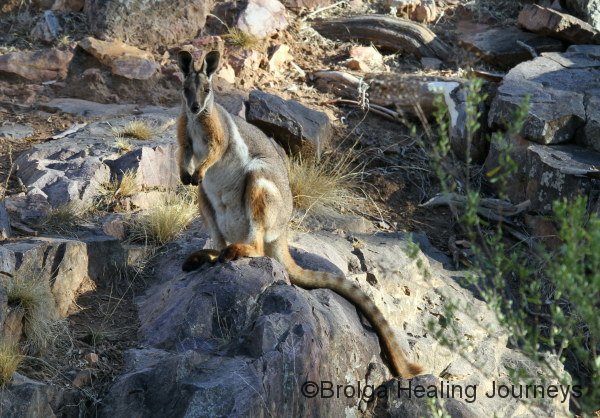
We recently enjoyed a three week stay as volunteer rangers at the Australian Wildlife Conservancy’s (AWC) Buckaringa Sanctuary, set amongst the Flinders Ranges. The sanctuary and its surroundings are breathtaking, encompassing rolling hills, rugged escarpments and gorges, sweeping valleys, creek beds lined with River Red Gums, and an ever-changing vista of colour and light …and, of course, plenty of wildlife, including the rare and beautiful Yellow-Footed Rock Wallaby.
We stayed briefly at Buckaringa in 2011, but this stay greatly deepened our appreciation and understanding of the sanctuary. Put simply, we fell in love with the place.
Accommodation at Buckaringa is an old stone cottage, built at the turn of the last century and, in more recent times, lovingly maintained by the staff and volunteers of the AWC. The delightful cottage is set in a large valley and provides the perfect vantage point from which to view the majesty of the surrounding Flinders Ranges.
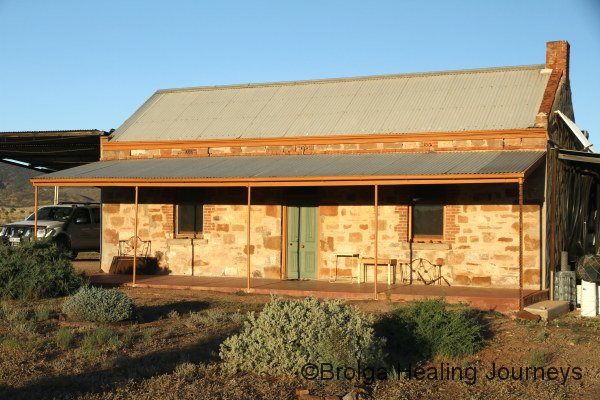
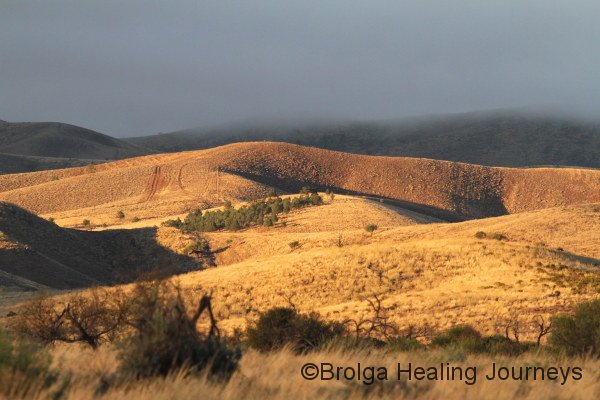

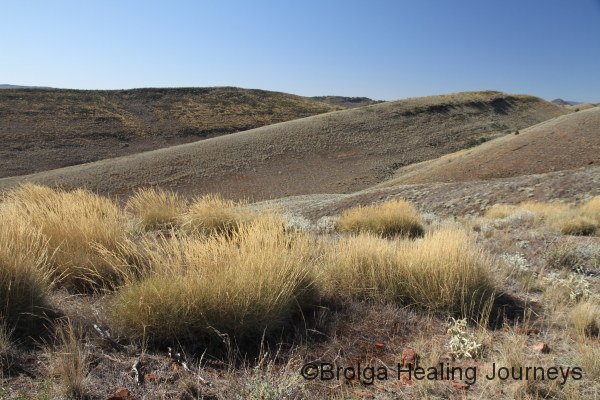
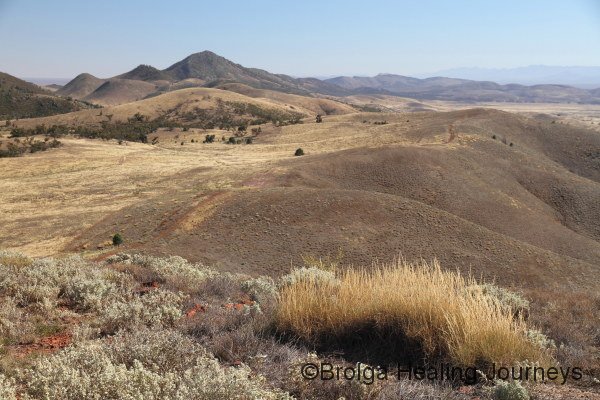
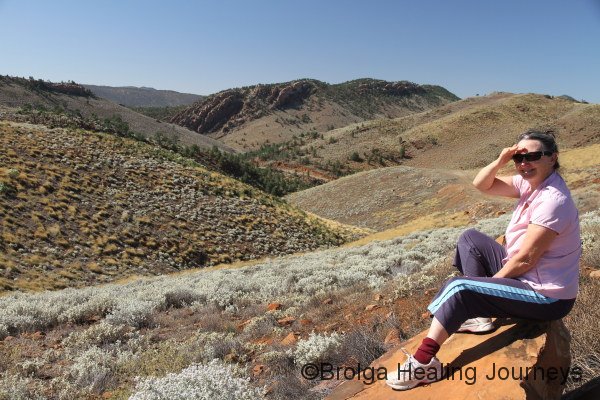
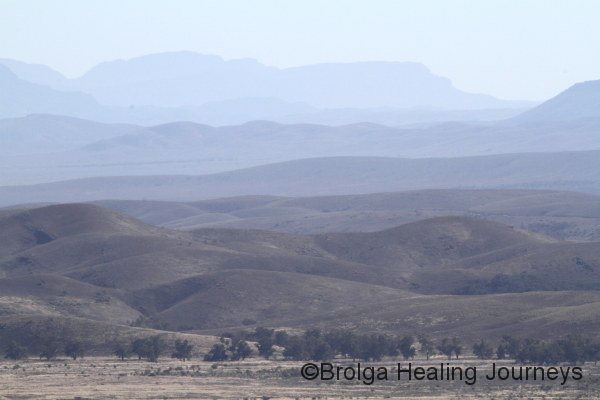
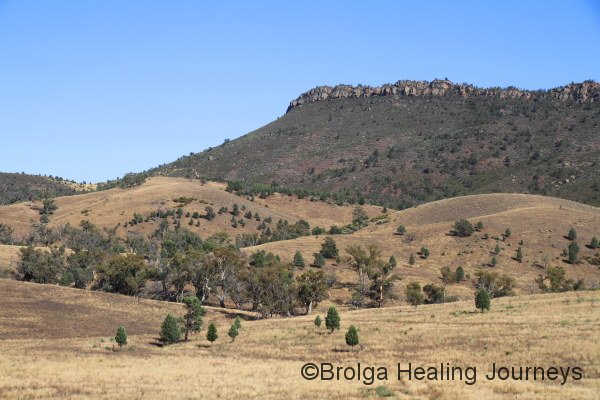
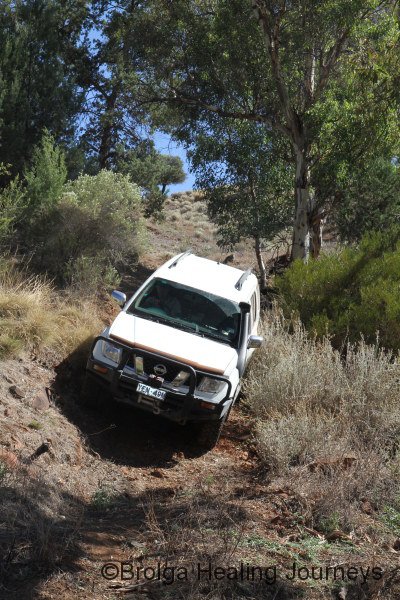
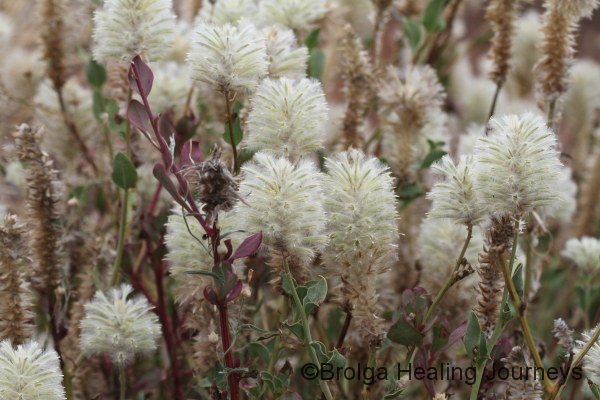
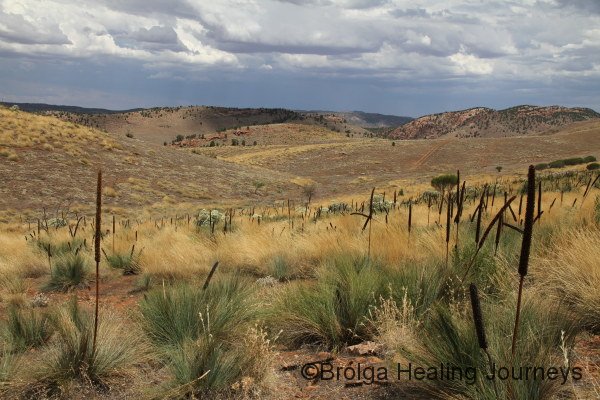
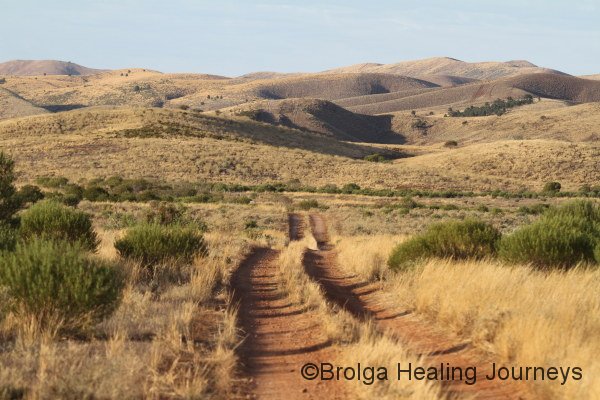
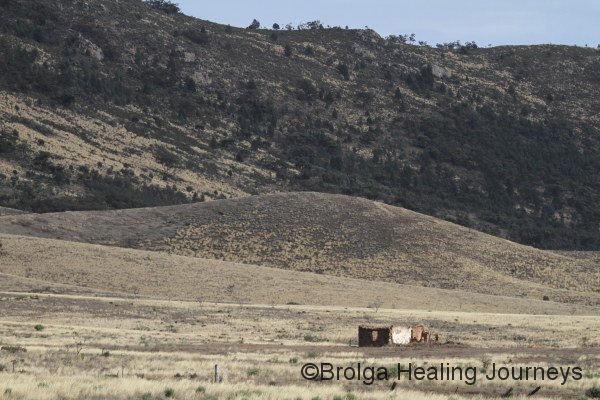
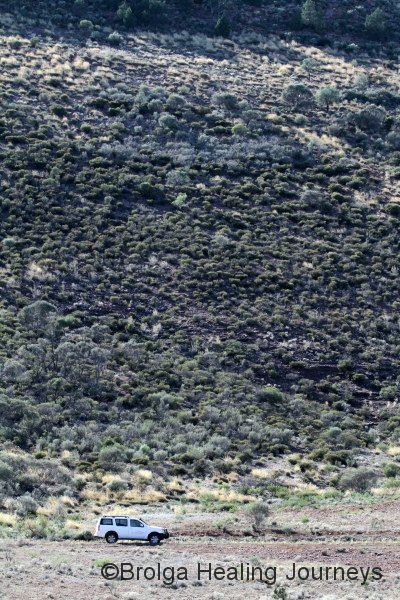
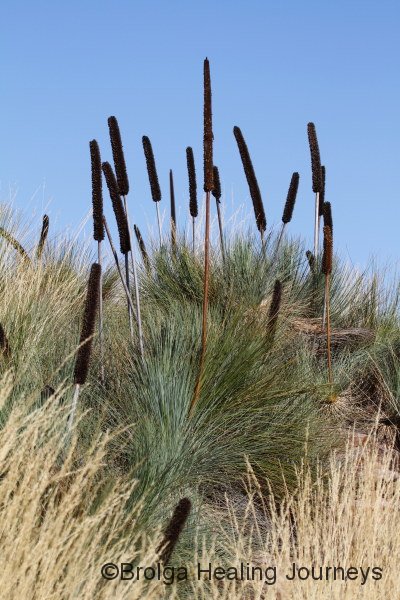
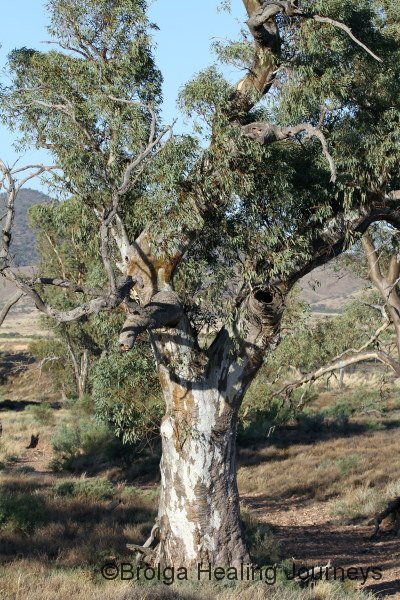
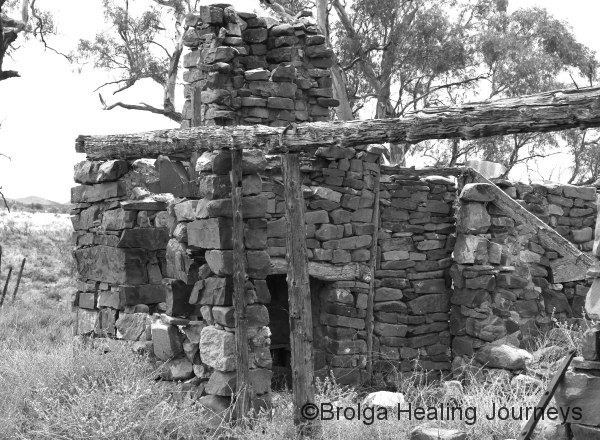
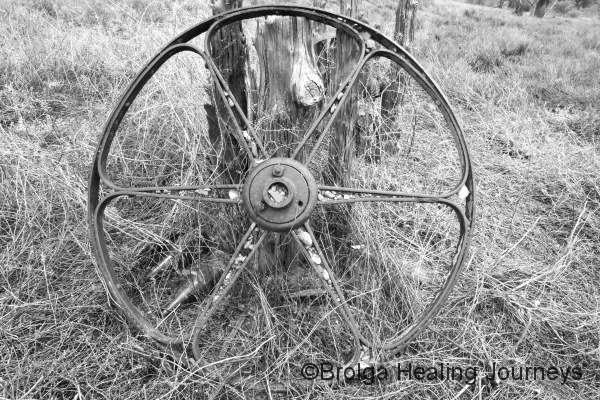
The scenery is quintessentially Australian, ancient, dry and stark, yet beautiful and full of life. Birdlife abounds sanctuary-wide, and a birdbath near the cottage provides a focal point for feathered visitors. But it’s not only birdlife – Buckaringa is also home to many kangaroos (reds, western greys and euros), the rock wallaby, and many reptile species.
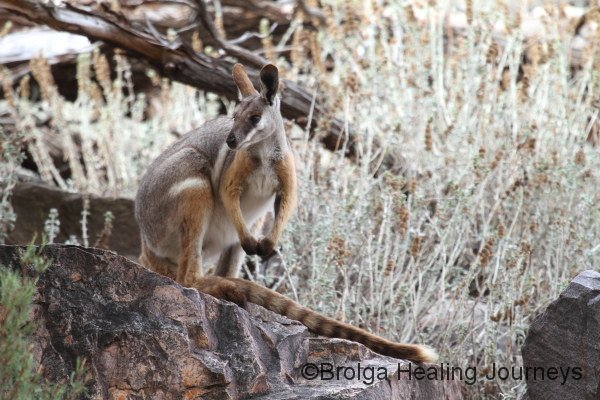

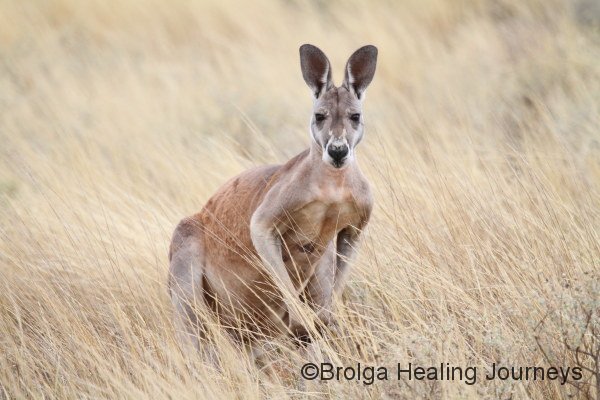
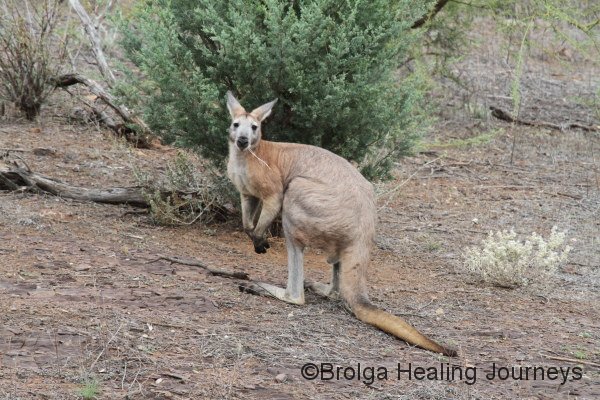
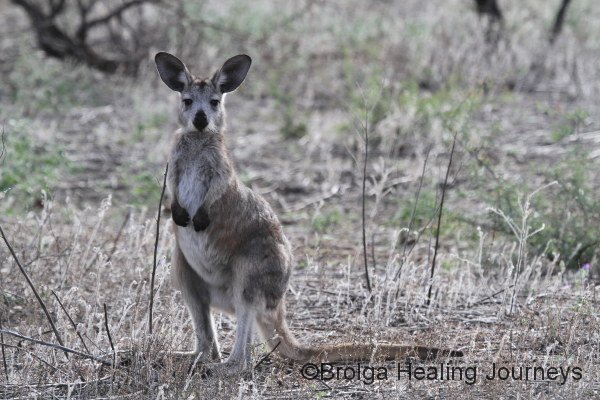

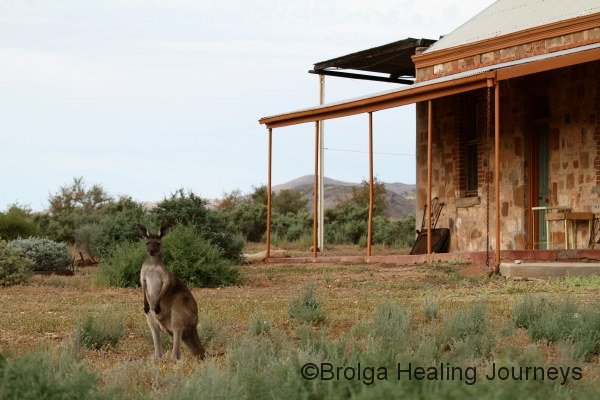
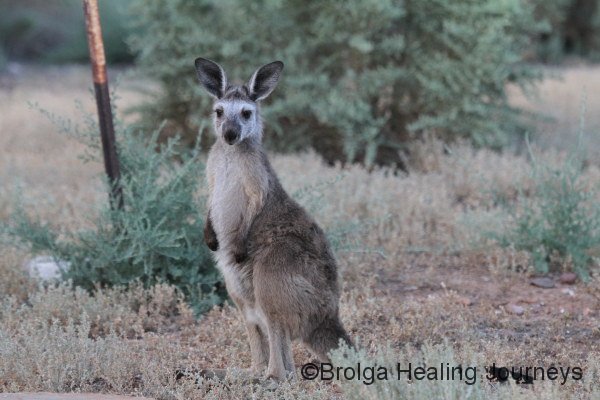
Two spectacular gorges cut through the main range at Buckaringa – one gorge from which the sanctuary takes its name, and the other named Middle Gorge. Both are home to healthy colonies of the Yellow-Footed Rock Wallabies, a species once widespread throughout the Flinders Ranges, across into New South Wales and even into south-western Queensland. Unfortunately, competition from feral goats, predation on young wallabies by foxes, and habitat degradation, all contributed to a serious decline in numbers, to the point where the species was at one time considered endangered. Although numbers are still relatively low across Australia, and many colonies isolated, the sterling efforts of the AWC and the South Australian government have given the species a fighting chance.
The weather is usually hot at Buckaringa during January, so our duties were relatively light. We weeded and cleared vegetation around the cottage (it was fire season after all), checked fences and the wallaby water point in Buckaringa Gorge, and kept an eye out for feral goats.
AWC ecologist Keith Bellchambers was at Buckaringa for the third week of our stay, and we were very happy to help him carry out bird surveys across the sanctuary. No doubt anyone who reads our blog will get a laugh out of that, because we spend a good part of our time wandering around the countryside looking at birds anyway. But for us it was a great experience to be involved in an official survey!
We have many great memories from our stay. We lost count of the glorious sunsets over Wyacca Bluff. We were entertained by the wide range of bird species around the cottage, particularly the Spiny-Cheeked Honeyeater, the White-Winged Fairy Wren and the Variegated Fairy Wren. Members of both Fairy Wren species would come twittering by, usually with one beautiful male attended by a number of female admirers who were less colourful but no less pretty. A Black-Shouldered Kite was a regular visitor, hovering above the nearby fields in search of a meal, doing its bit to keep down the feral mouse population, and we were enthralled by a young Brown Goshawk which stood in the birdbath for quite some time one hot day, bravely allowing me to get some lovely close-up photos. We were visited by local reptiles as well – a Central Bearded Dragon was a ‘regular’, catching the sun from the top of a succession of native shrubs, local geckos would appear on the walls of the cottage each evening, and a Western Brown Snake wandered past one day, reminding us not to wander around outside without shoes. Finally, two Western Grey Kangaroos – a mother and her joey – often sheltered at various points around the cottage to escape the heat. The joey was a gorgeous little thing with an unusual white face.
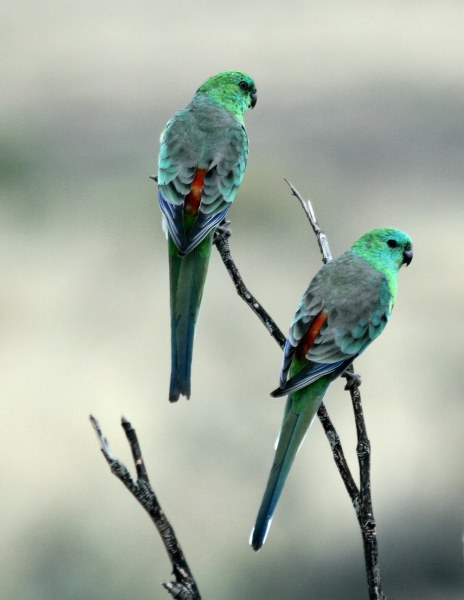
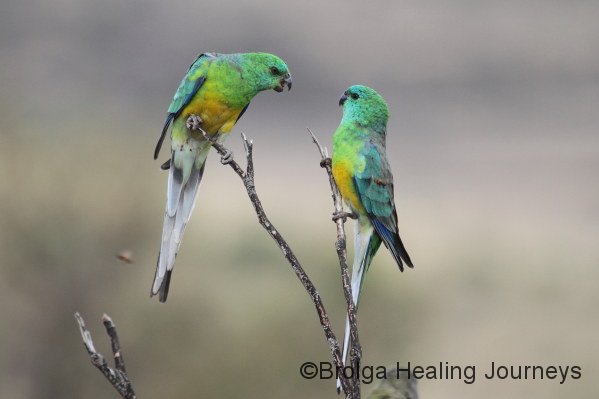
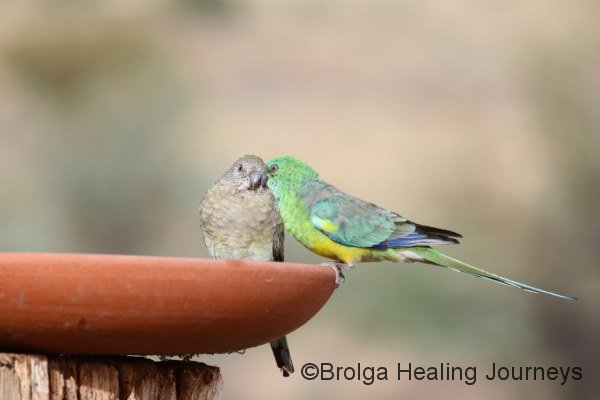
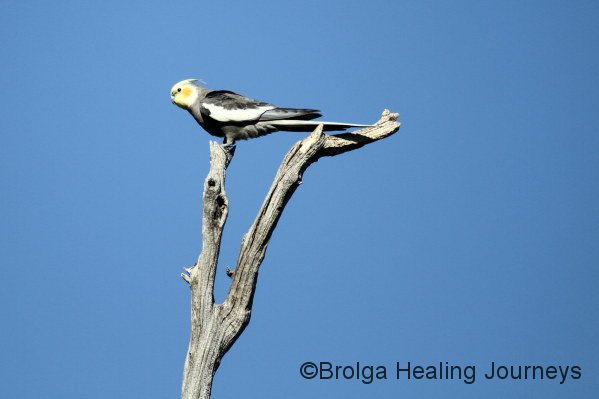

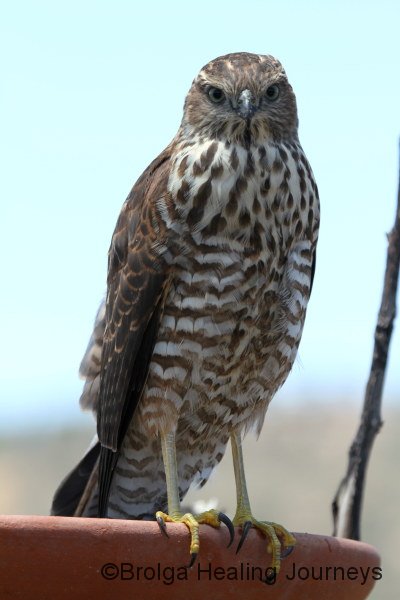
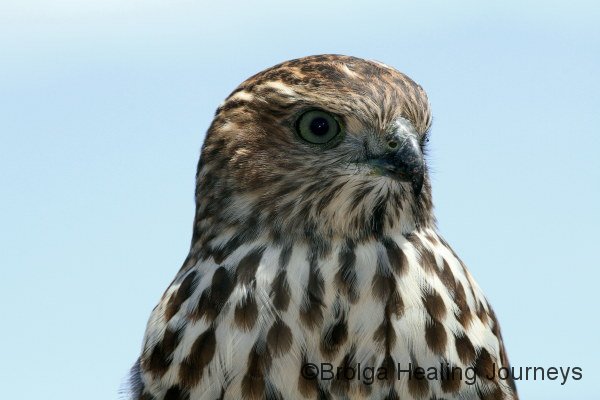
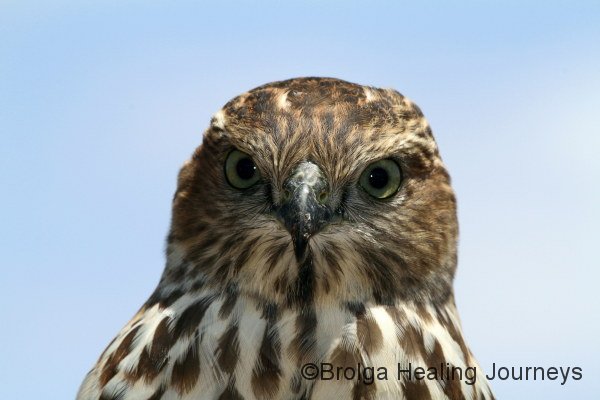
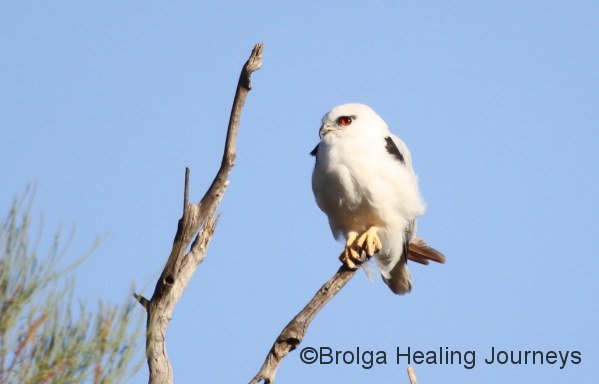

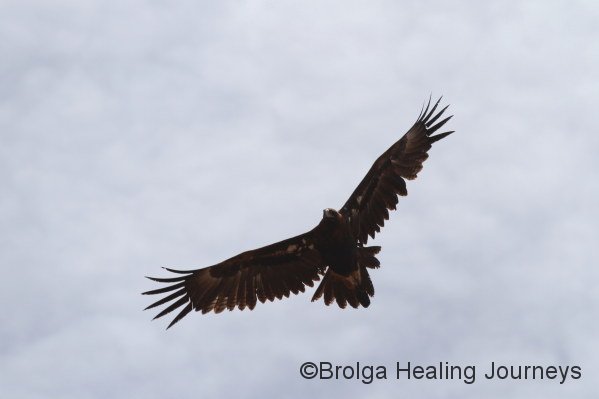
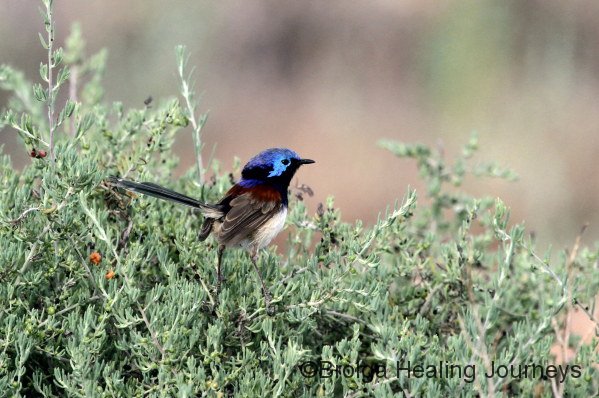
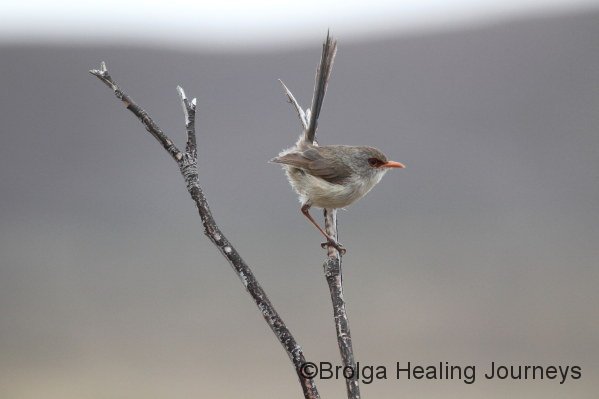
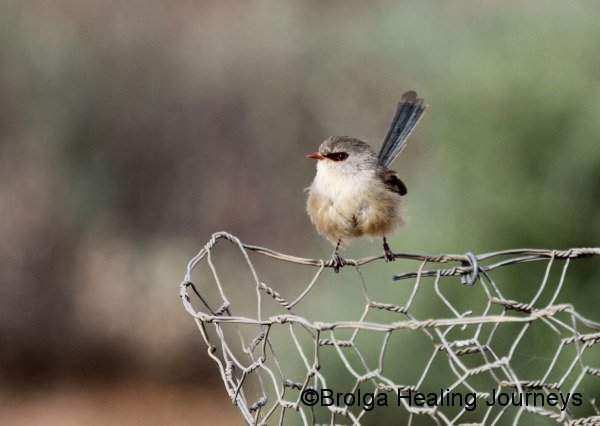
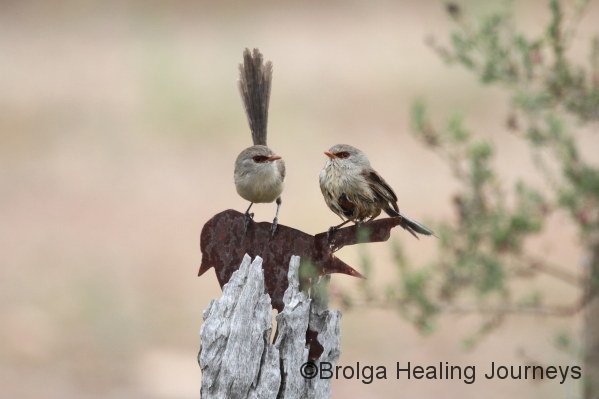
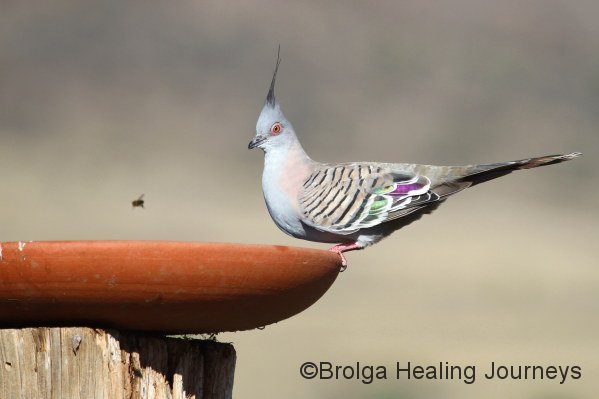
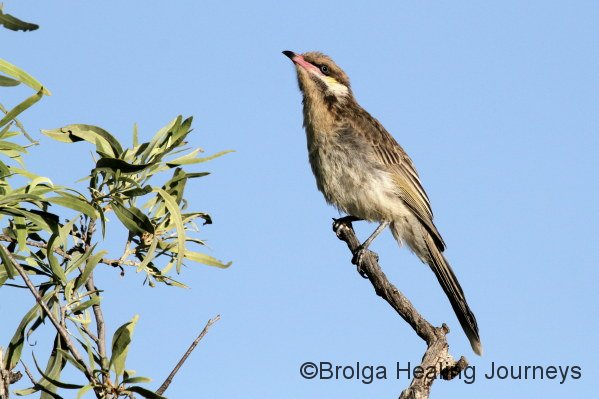
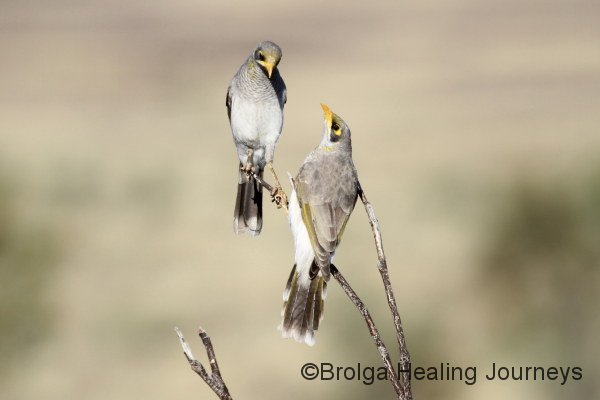
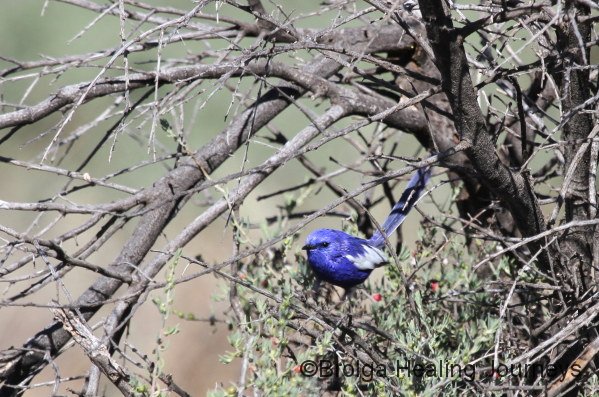
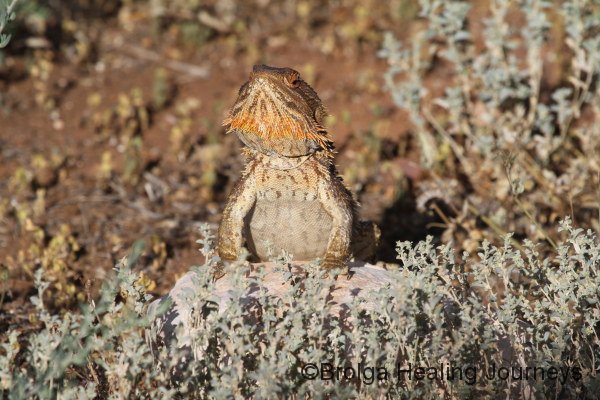
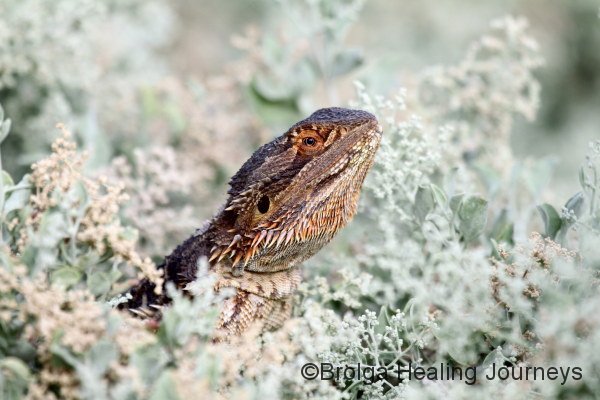
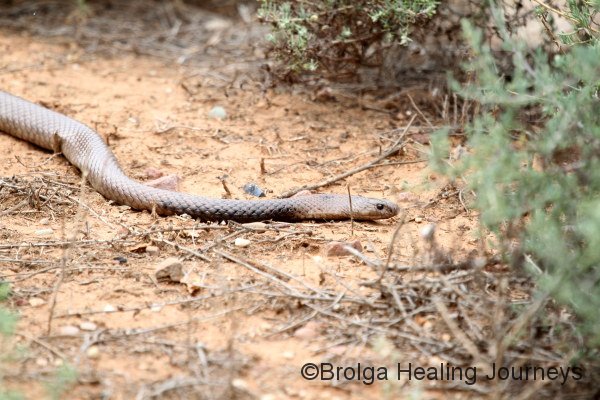
Having spent some quality time at the sanctuary, we now fully understand why many volunteer rangers return year after year to do their bit at Buckaringa to help protect the Yellow-Footed Rock Wallaby.
Peter & Nirbeeja
January 2012

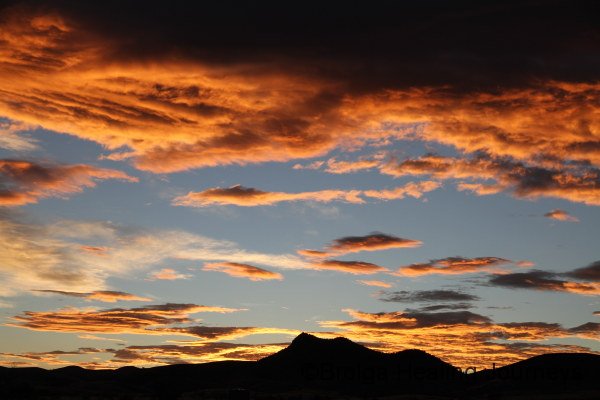
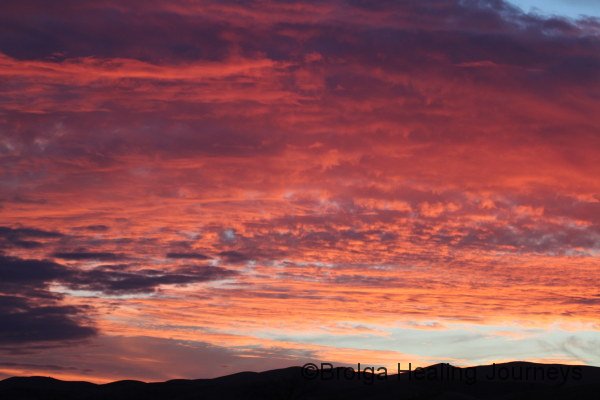
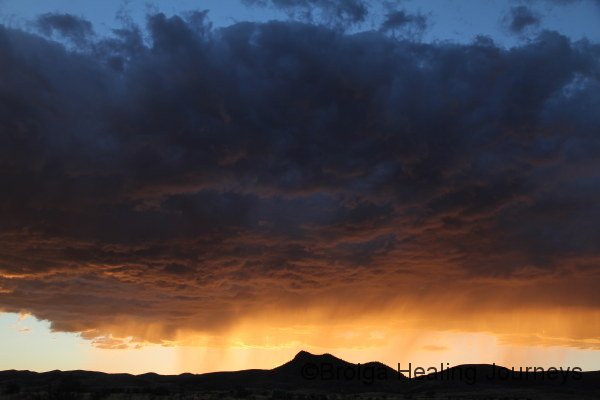

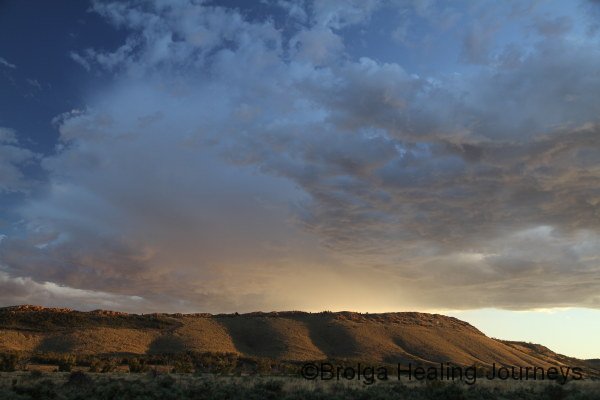
























































































































Awesome sunset photos Pete, making me very envious. Your photographic skills are impressive mate, and the travelogue is a nice (if remote) way to stay in touch.
Dave,
Great to hear from you!! Hope all is well for you and your family. We’re in Canberra at present and have caught up with the elder Cramer brother a few times. Cheers. Pete